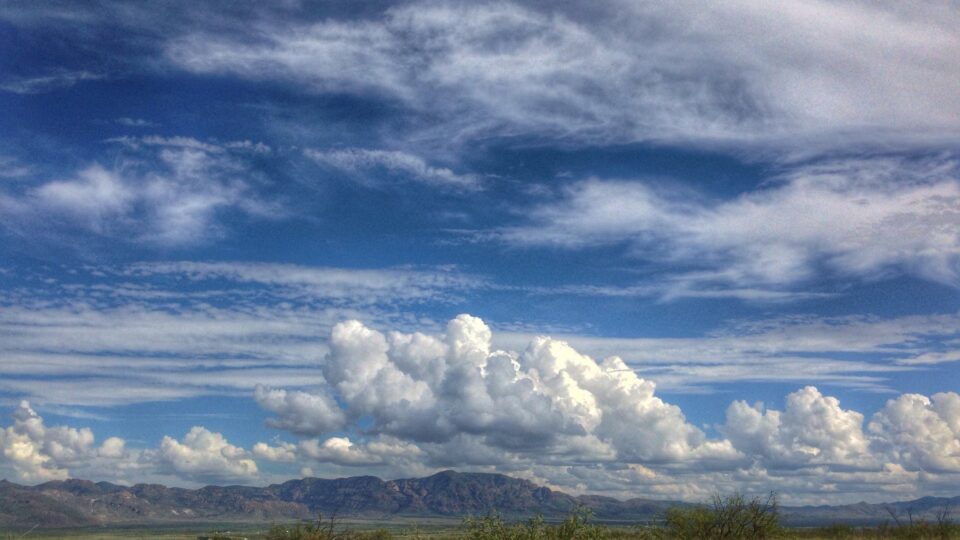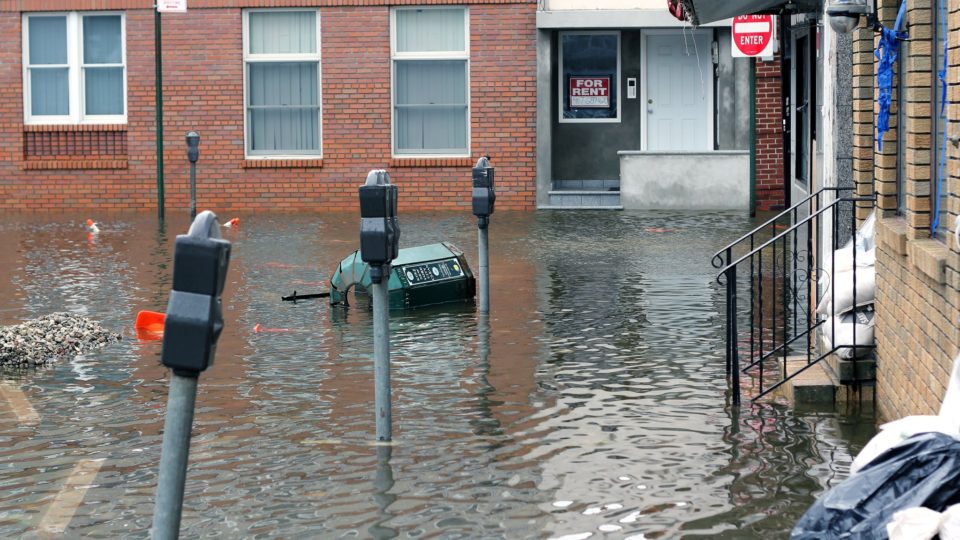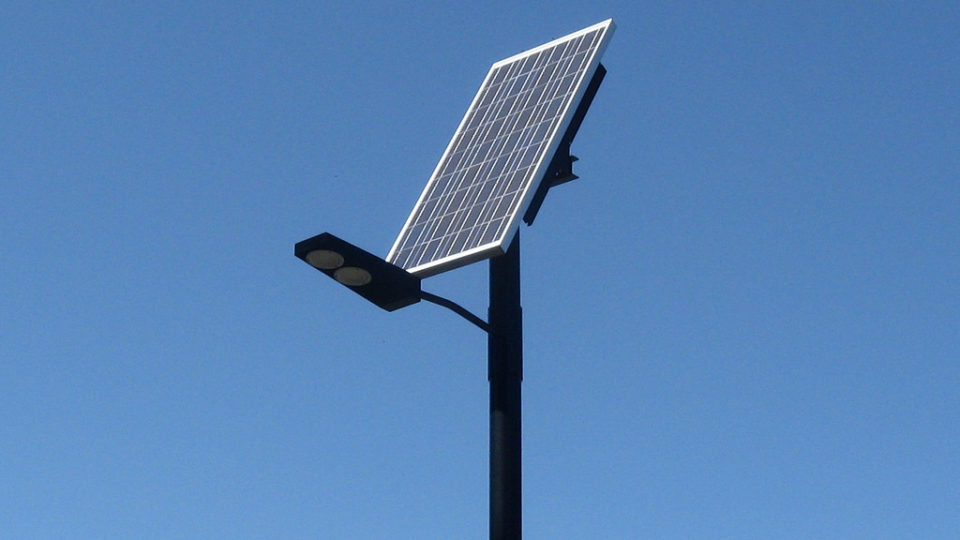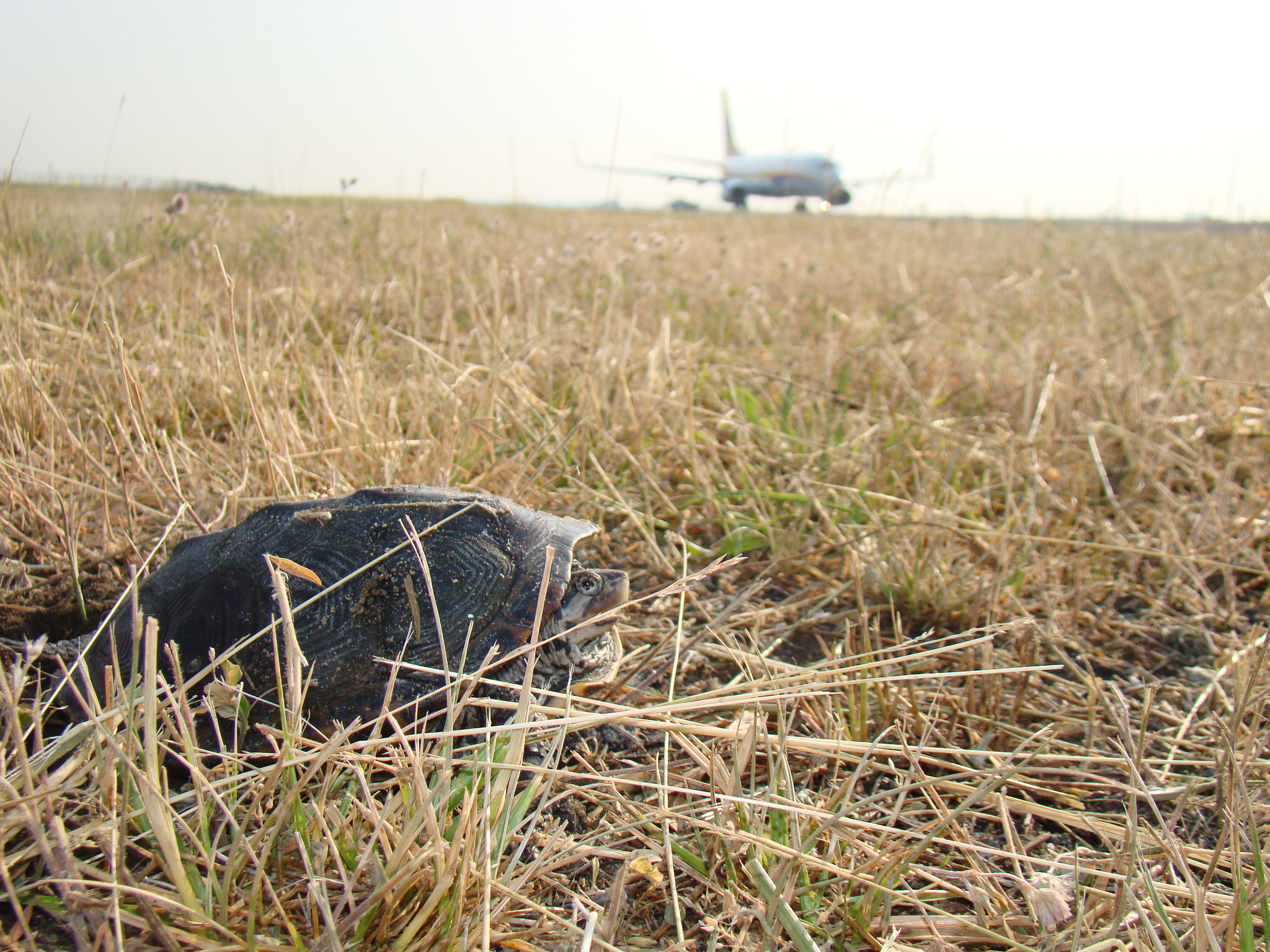Plastic pollution is a big deal. There are plastics clogging up landfills and waterways and accumulating in the oceans, choking turtles and seabirds. Annual production of plastics has grown from 2 million tons a year in 1950 to more than 450 million tons today.
As if plastic problems weren’t already big enough, it is becoming increasingly clear that there are growing amounts of microplastic particles in the air. Bits of plastic are lofted into the sky from seafoam bubbles and from spinning tires on highways. The particles are so light that they can travel for thousands of miles, far from where they originate.
Studies in recent years documented the presence of plastic particles even in places like the Pyrenees in Europe and in federally protected areas of the US. Other studies have measured the quantity of plastic in the air of various locations and have looked at the origins of the particles.
In the western US, over 80% of microplastics came from roads where vehicles kick up particles from tires and brakes. In remote areas of the Pacific, there is less than a single particle of plastic per cubic meter of air. In cities like London and Beijing, on the other hand, there can be several thousand particles per cubic meter.
Microplastics can act as airborne aerosols, like dust, salt, soot, volcanic ash, and other particles. Aerosols play an important role in the formation of clouds and in temperature regulation on the earth. At low concentrations, such as exist in most places, microplastic aerosols don’t have much of an effect. But there are more in the atmosphere all the time and, at this point, scientists don’t really know what effect they will have.
**********
Web Links
Microplastics Are Filling the Skies. Will They Affect the Climate?
Photo, posted August 28, 2014, courtesy of Alan Levine via Flickr.
Earth Wise is a production of WAMC Northeast Public Radio












